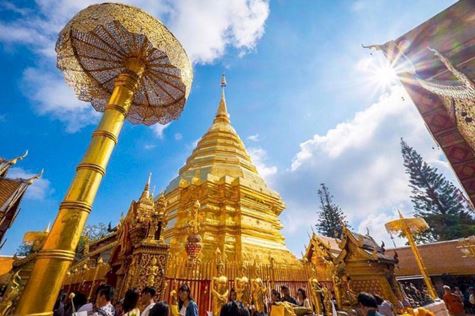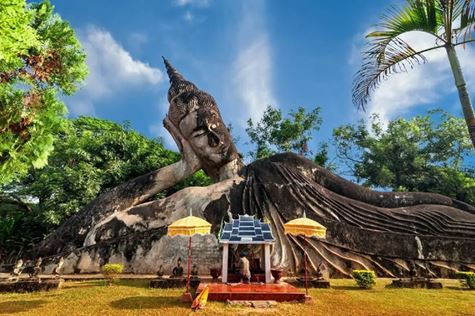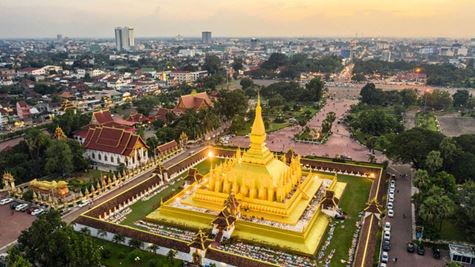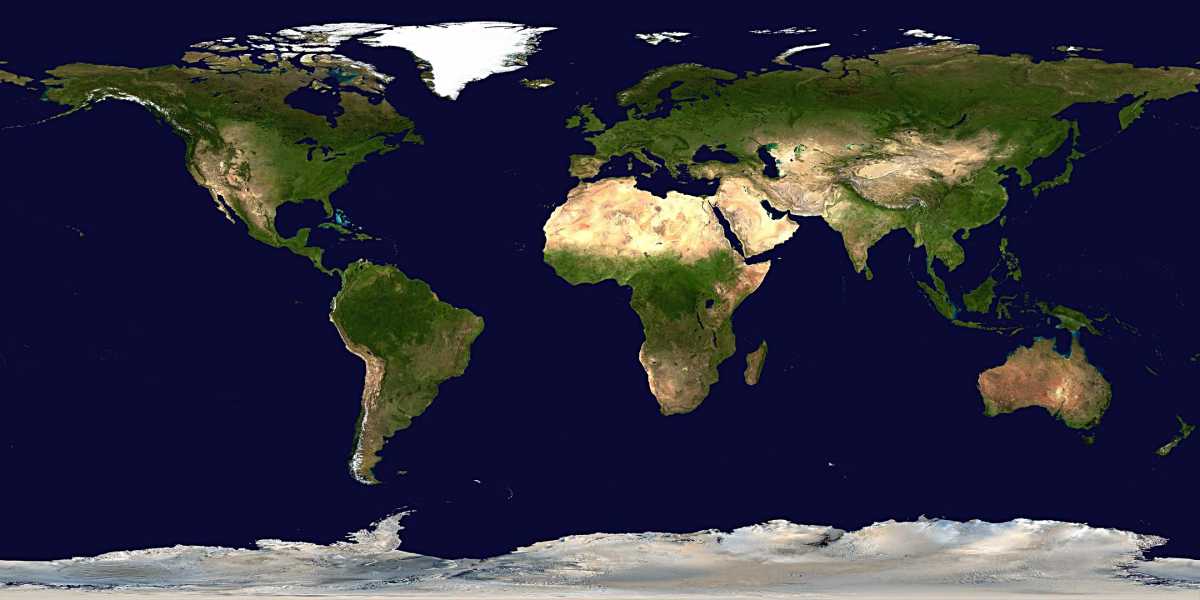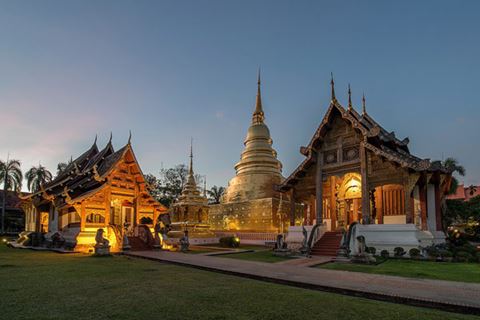What Is the Time Difference in Vietnam & How to Avoid Jet Lag?
Travelling to Vietnam means getting used to the considerable time difference, as the country is in the UTC+7 time zone, ahead of Europe, Africa, North, and South America. It impacts the rhythm of your stay: flight schedules, adjusting to daily life, contact with friends and family, etc. So, read through our tips on how to prepare for your trip well and have a comfortable journey!
Oliver Phung is a specialist in cultural tourism and trekking in the mountains of Northern Vietnam, with over 7 years of hands-on experience. Born and raised amidst the sounds of the kèn (a traditional instrument) and the songs of the Mông, Thái, Tay, and Dao ethnic communities, Oliver does not just have a passion for their history and culture, he lives it. For him, sharing the beauty of these traditions is not just a job, it's a way of life.
Drawing from his experience on hundreds of trekking trips and guided tours across routes from Ha Giang, Lao Cai to Cao Bang, Oliver offers an authentic and in-depth perspective.
What is the time zone in Vietnam?
Vietnam is in the Indochina Time Zone (UTC+7) and does not implement Daylight Saving Time; therefore, the time does not change throughout the entire year. Be it anywhere in Vietnam, Hanoi or Ho Chi Minh City, the time remains constant. Vietnam is always ahead of Coordinated Universal Time (UTC) by 7 hours. However, some English-speaking countries change their clocks according to Daylight Saving Time, thus changing their time differences with Vietnam over the course of the year.
Current time in Hanoi, Vietnam
Washington, United States
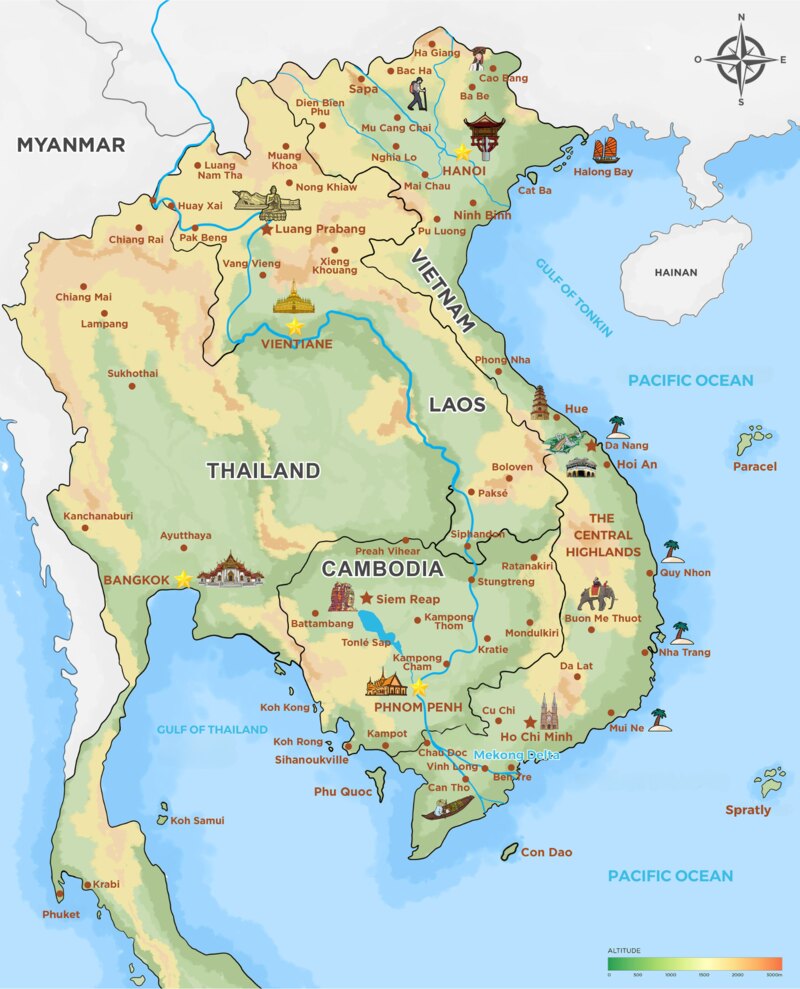
>>> Good To Know: Vietnam falls under the UTC+7 time zone, as do its neighboring countries like Thailand, Cambodia, Laos, and western Indonesia. This time zone unity facilitates trade, communication, and travel for tourists and professionals in the region.
Comparison of Time Differences with English-Speaking Countries
▶️ Europe English-speaking countries
The United Kingdom, Malta
- Winter (from the end of October to the end of March): UTC+0 → +7h time difference. Example: 8 AM in the UK = 3 PM in Vietnam.
- Summer (from the end of March to the end of October): UTC+1 → +6h time difference. For example: 8 AM in the UK = 2 PM in Vietnam.
Because these countries follow Daylight Saving Time (DST), their time difference with Vietnam changes over the year. In winter, Vietnam is 7 hours ahead, while in summer, this difference reduces to 6 hours.
Other European Countries
In the meantime, the Eastern European countries endowed with EET, or Eastern European Time, include Germany, France, Finland, Greece, Romania, Bulgaria, and the Baltic States (Estonia, Latvia, Lithuania), which set their clocks forward by one hour from UTC+2 to UTC+3 from the last Sunday in March to the last Sunday in October as part of the daylight-saving time arrangement. These countries, therefore, have a time difference of 5 hours with Vietnam under standard time and a difference of 4 hours under daylight-saving time.
▶️ North America (USA, Canada)
In North America, time differences with Vietnam vary depending on the time zone and Daylight Saving Time (DST), which is observed in most regions.
United States & Canada: They have many time zones that range from UTC-5 to UTC-8 in winter and UTC-4 to UTC-7 in summer due to DST.
- In winter (from the end of October to the end of March), the time difference with Vietnam varies from 12 to 15 hours. For example, if it is 8 AM in New York (EST, UTC-5), it is 8 PM in Vietnam (UTC+7).
- In summer (from the end of March to the end of October), the time difference is reduced by one hour to 11 to 14 hours. For instance, if it is 8 AM in New York (EDT, UTC-4), it is 7 PM in Vietnam (UTC+7).
This means there is a fixed time difference of 13 hours with Vietnam year-round. For instance, 8 AM in Belize is 9 PM in Vietnam. Since DST applies to the USA and Canada, time differences with Vietnam change throughout the year for these regions.
▶️ Oceania (Australia, New Zealand)
Australia
Winter (from the end of March to the end of October):
- Western Australia (UTC+8) → +1h from your place. Eg: 8 AM in Perth = 9 AM in Vietnam.
- Eastern Australia (UTC+10) → +3h from your place. Eg: 8 AM in Sydney = 11 AM in Vietnam.
Summer (from the end of October to the end of March with DST):
- Eastern Australia (UTC+11) → +4h with respect to your place. Eg: 8 AM in Sydney = 12 PM in Vietnam.
New Zealand (UTC+12, UTC+13 in summer)
- Example: 8 AM in Wellington = 1 PM in Vietnam in winter (5+ hrs difference from your place).
- Example: 8 AM in Wellington = 2 PM in Vietnam in summer (6+ hrs difference from your place).
▶️ Asia (Hong Kong, Singapore, Malaysia, the Philippines, India)
Hong Kong, China, Singapore, Malaysia, the Philippines (UTC+8)
- Time difference with Vietnam: +1h
- Example: 8 AM in Singapore = 9 AM in Vietnam.
India
- Time difference with Vietnam: -1.5h
- Example: 8 AM in Vietnam = 6:30 AM in India.
▶️ English-Speaking Africa (South Africa, Kenya, Nigeria, etc.)
- In winter, when it is UTC+2, the time difference with Vietnam is +5 hours. For instance, if it is 8 AM in South Africa, it is 1 PM in Vietnam.
- In summer, the time difference with Vietnam is +4 hours (for countries observing DST) as they switch to UTC+3. For example, at 8 AM in Kenya, it is 12 PM in Vietnam.
(Note: Some countries do not use DST, and for South Africa and Nigeria, the time difference with Vietnam remains the same all year round.)
▶️ West Africa (Senegal, Côte d'Ivoire, Mali, Burkina Faso, Togo, Benin, Guinea, Niger)
- UTC+0 all year round → +7h time difference. Example: 8 hours in Senegal = 15 hours in Vietnam.
▶️ Central Africa (Cameroon, DRC, Gabon, Congo, Chad, Central African Republic)
UTC+1 all year round → +6h time difference. Example: 8 hours in Cameroon = 14 hours in Vietnam.
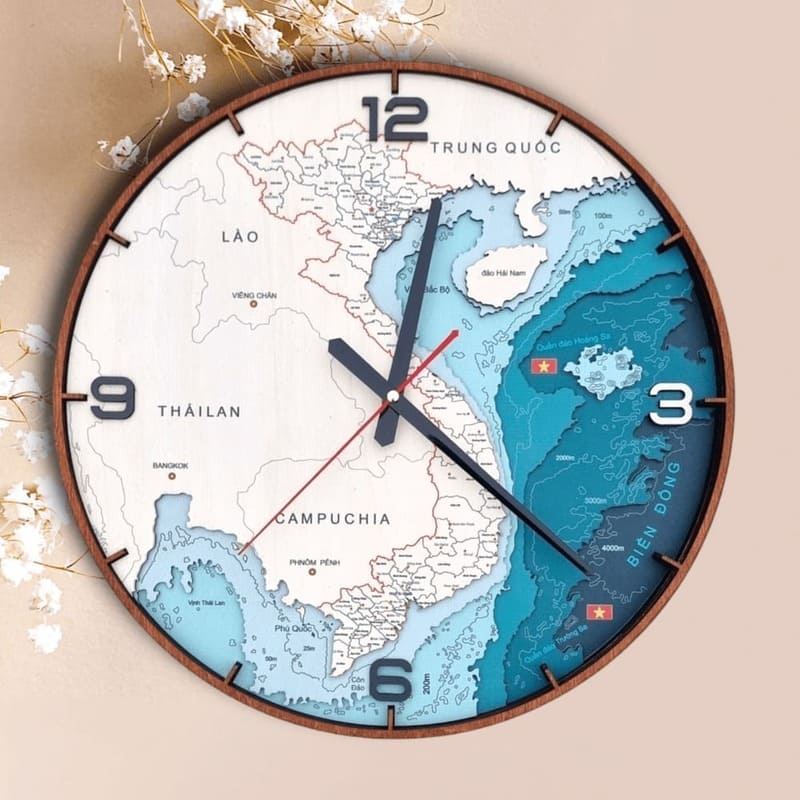
How to Avoid Jet Lag?
Jet lag occurs when your normal daily rhythms are disrupted by adjusting to a new time zone, often making the first few days in Vietnam challenging. However, for people with vestibular disorders, jet lag can aggravate their condition. With well-planned preparations, you can adapt quickly and enjoy your trip.
Before Travel
The best way to minimize or prevent jet lag is to gradually adjust your internal clock:
- If traveling west (e.g., from the U.S.), sleep 1–2 hours later than usual.
- If traveling east (e.g., from Europe), sleep 1–2 hours earlier than usual.
- Plan to arrive at least 2 days before any important engagements to allow your body time to adjust.
- Eating a light meal before the flight may help prevent stomach issues associated with jet lag. If you need sleep aids, consult a physician before traveling.
During Travel
- For long, continuous travel periods, jet lag adjustment to Vietnam may take a day or more.
- Immediately adjust to Vietnam’s local sleep and meal schedule upon arrival.
- Expose yourself to natural daylight to help reset your body clock.
- Eat light meals to prevent stomach discomfort.
- Avoid alcohol, as it disrupts sleep.
- Use caffeine and exercise strategically—they can help you stay alert during the day but should be avoided in the evening.
- Take short naps (15–20 minutes max) if needed, but avoid sleeping too long during the day.

Daily Routines in Vietnam
Life in Vietnam has a different beat from that of English-speaking countries. The activity starts very early in the morning and continues late into the evening, especially in shops and street food stalls.
In the morning: A country that wakes up early
- Most shops, markets, and boutiques open at 6 AM.
- Street food stalls and cafeterias operate from 7–8 AM, serving soups (pho, bun bo), banh mi, and Vietnamese coffee with breakfast for workers and schoolchildren.
- Students start to go to school at about 7 AM, and office workers start their day at about 8 AM.
- Classical restaurants open late, usually at 9–10 AM.
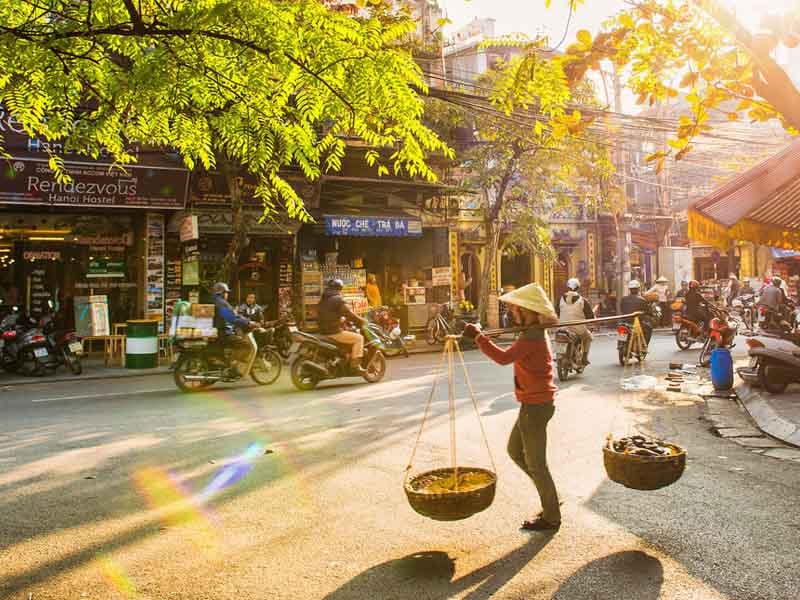
In the evening: The dynamic night activity
- Even though they live by a different schedule compared to Europeans, nights in Vietnam are very rich and active, particularly in large cities.
- While most restaurants start closing around 10 PM, some street stalls operate even later into the night.
- Night markets and street vendors operate until 10 PM or midnight in tourist districts.
- These mini markets in major cities (especially in tourist areas) remain open 24/7.
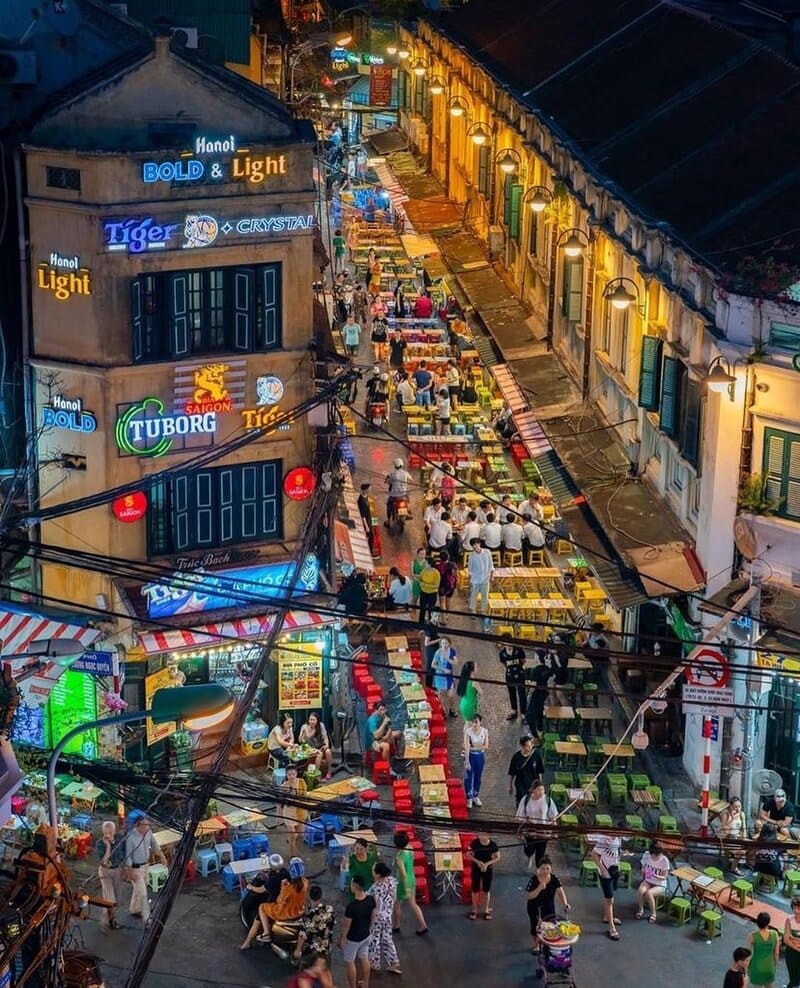
Conclusion
Adapting to the time difference and the pace of life in Vietnam is essential to fully enjoying your stay. With early mornings and a vibrant nightlife, the country follows a distinct tempo. We hope you find this information useful for your trip. To prepare for your stay in Vietnam, do not hesitate to also consult our other articles:




